NASA Solar Sail Starts Tumbling In Orbit
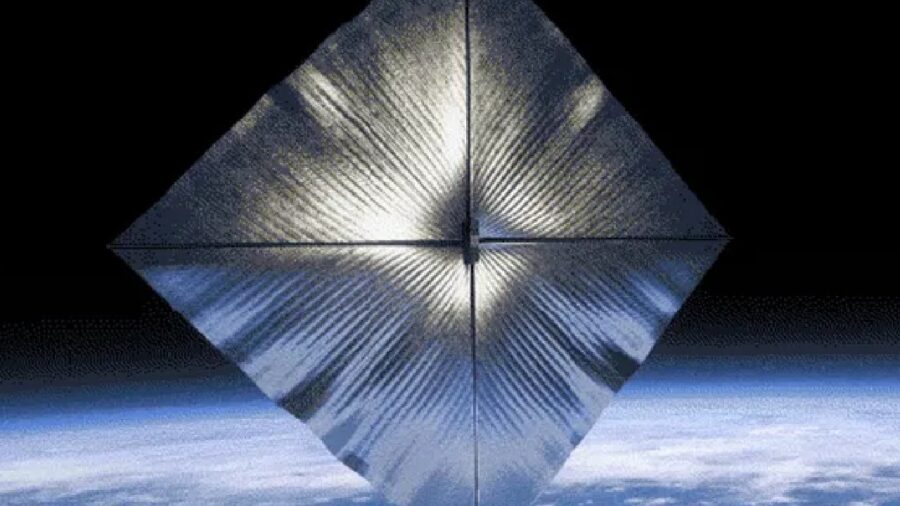
Back in April, NASA launched a sail system up into space. This sail is set to be the test for a new propulsion system for spaceships. Though it’s been working fairly well with only a few minor setbacks, there’s been some concern that the solar sail is tumbling around in an uncontrolled rotation in space.
Though a solar sail tumbling around in space sounds concerning, NASA says that while the motion was unusual, it was also expected, and might even be planned or necessary to fully test out the sail.
The Tumbling Is On Purpose
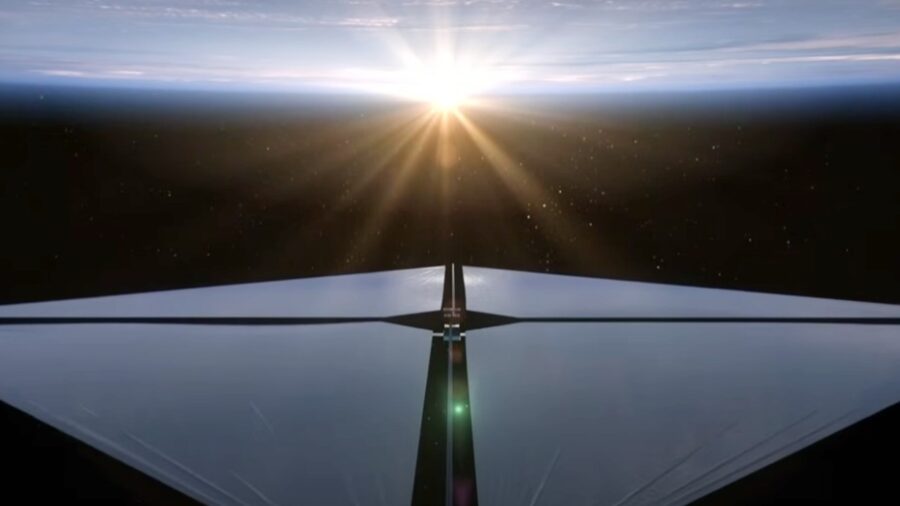
Representatives at NASA explained that the tumbling is part of a planned deployment sequence and that the control system in charge of handling the orientation of the solar sail, which is currently offline, is working as expected and will be turned back on when the sail’s tension is satisfactory.
Additionally, though NASA has been a little vague about the plans to test the solar sail as well as if it is operating properly, they do not seem worried about the sail’s progress. The team even mentioned its plans to test how well it handles certain maneuvers.
A Large Step Toward Efficient Spaceships
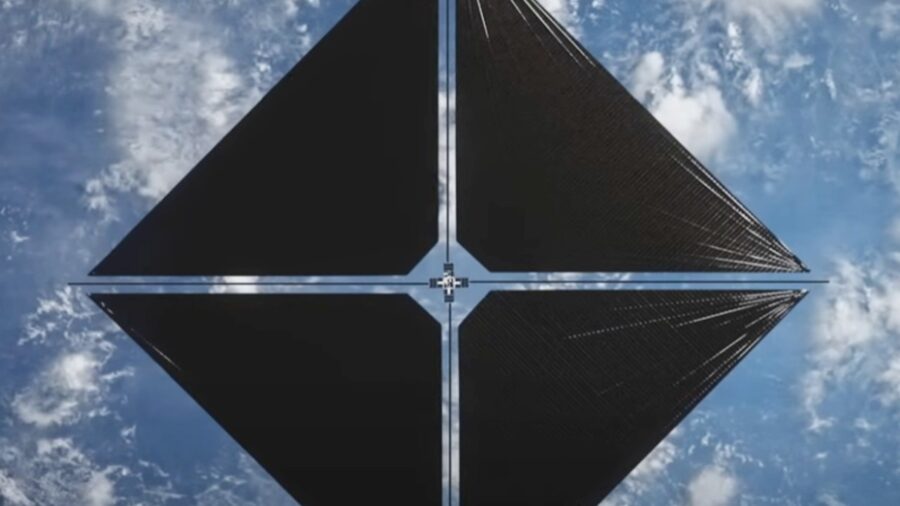
The solar sail is part of the Advanced Composite Solar Sail System (ACS3) test to try and find more efficient methods to propel spaceships. If the sails work out, they could lead to faster spaceships. Potentially, the system may even allow humans to travel further than currently possible with the methods available now.
Cheaper Than You Think
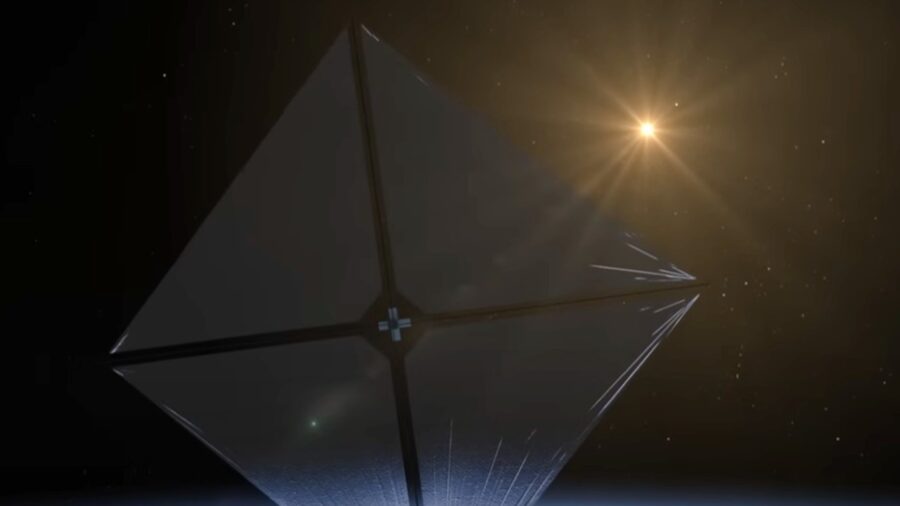
Not only would it be faster, but potentially cheaper. The current system uses propellants that are heavy and expensive. This solar sail could not only lighten the load for spaceships but also cut costs while increasing speeds.
The solar sail has been in space since April 23, roughly 600 miles above the surface of Earth, where it’s been waiting until scientists were prepared to deploy the device.
A Few Hitches To Work Out
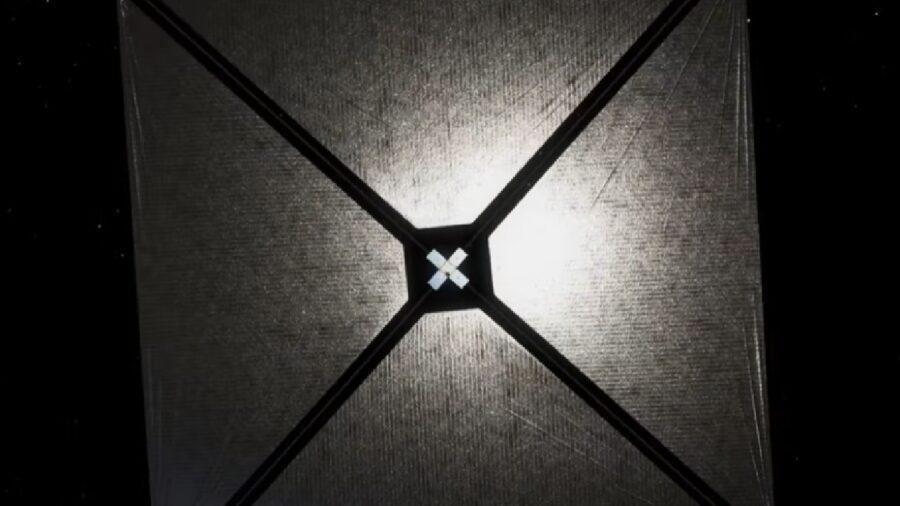
August 26 marked the first attempt to release the solar sail, but after 25 minutes, it was abandoned due to high currents from the motor. The problem wasn’t hard to fix, and three days later, the team tried again. On August 29, the sail was deployed correctly.
However, on September 1, it was documented that the solar sail wasn’t as visible in the night sky as it should have been. There was also a moment when the sail was documented as brighter than normal. The shifting brightness suggests the object is wobbling or tumbling.
A Fraction Of The Size Of What’s Needed
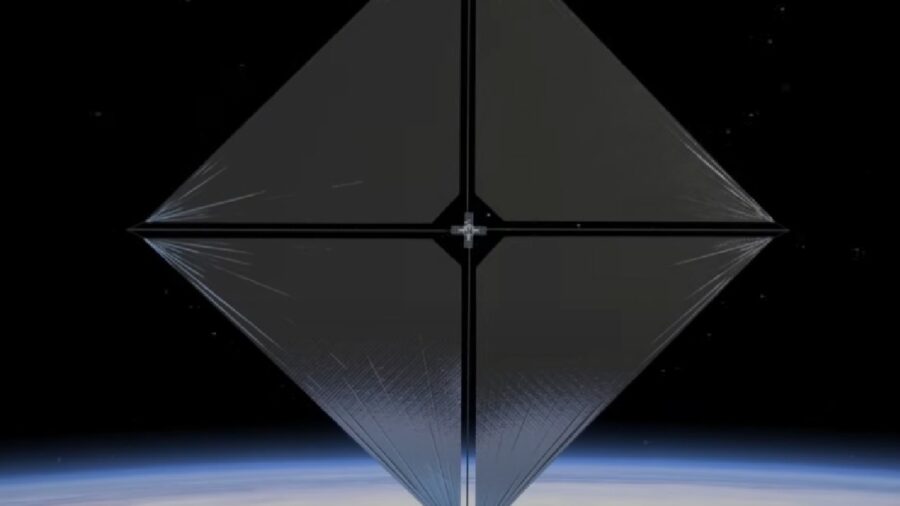
The solar sail currently being tested is 861 square feet. However, it’s thought that sails actually used for spaceships could be up to 25 times bigger. Testing the motors and controls, as well as how the sail maneuvers in space on a small scale, can help the team determine what might need to be fixed or adjusted before a larger size is implemented.
Because of the way the solar sail is wobbling, people should be able to see it from space, even without a telescope. However, it will take a bit of luck, as it depends on how bright the sail is, which is largely based on the way it is facing in space at any given moment. There are calculations available on sites like Heavens Above, which are trying to provide estimates for when it will be visible based on the solar sail’s current movements.
Source: Heavens Above












